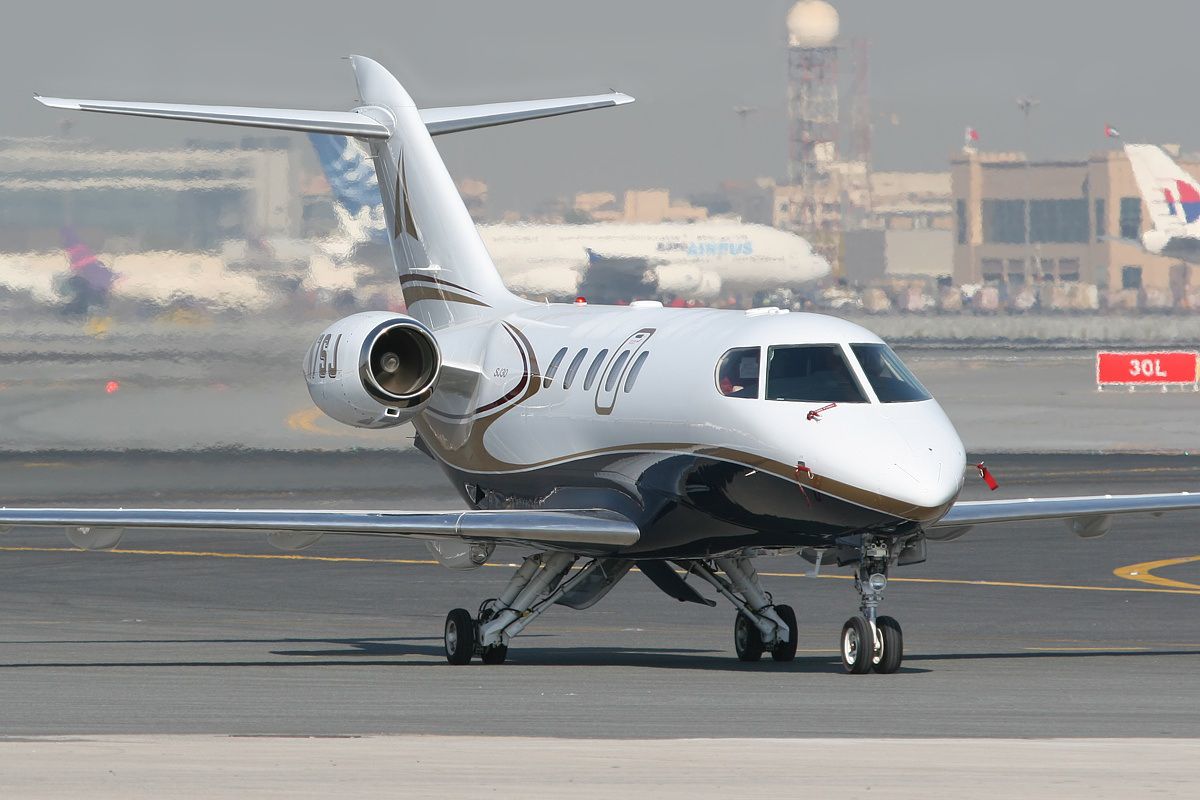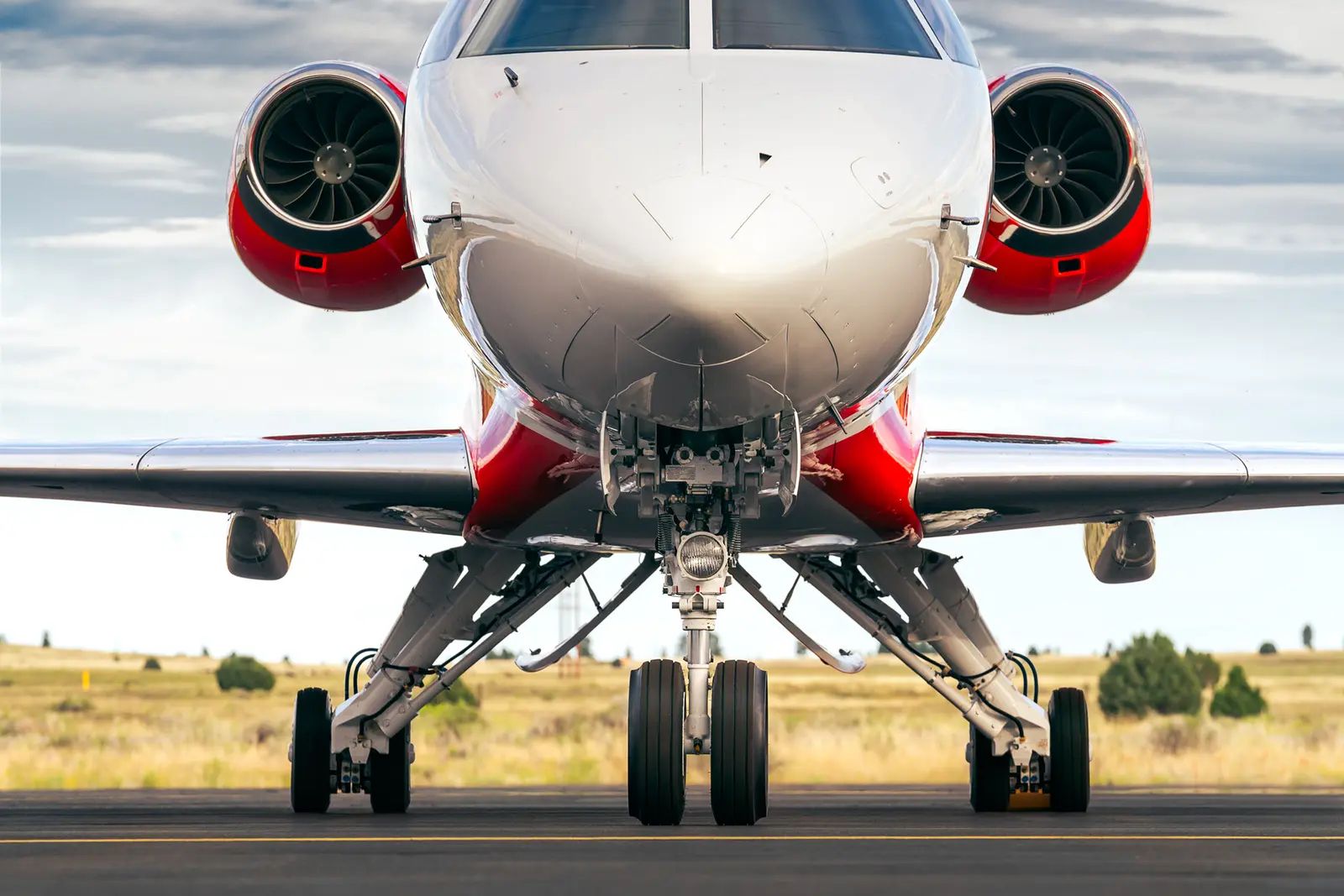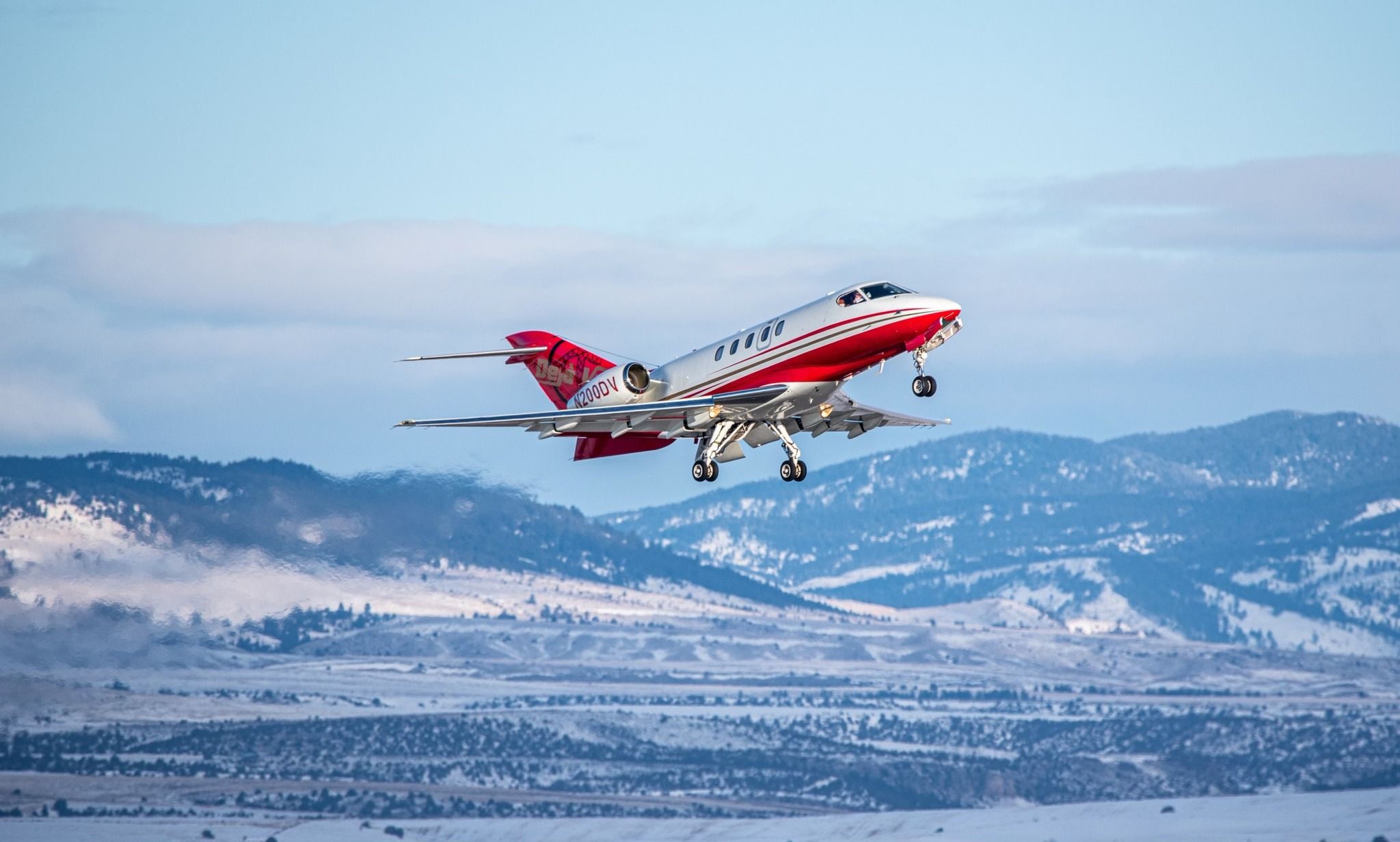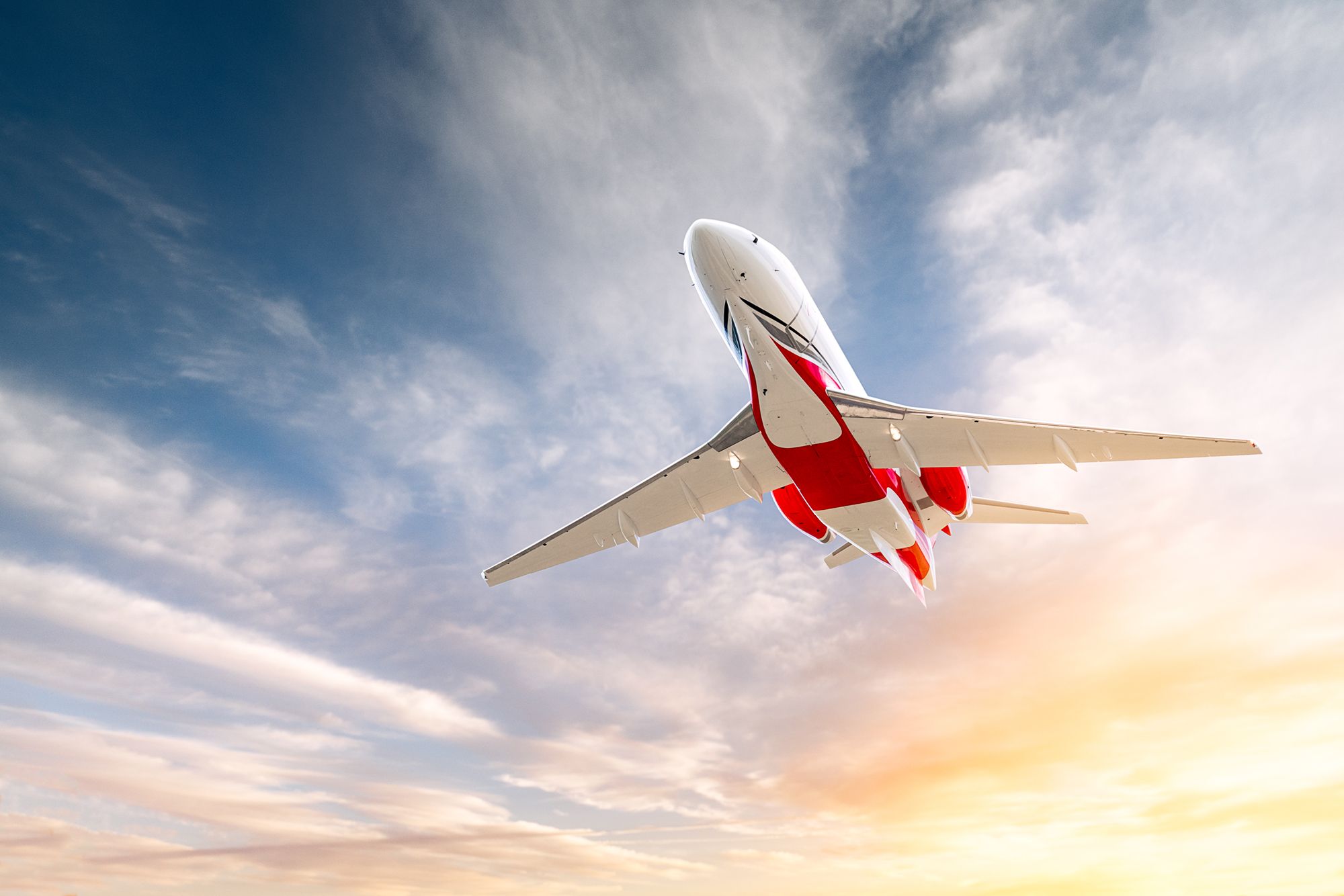Tech
30 Years In The Making: The SyberJet SJ30 & Its Future

Summary
- Ed Swearingen modified & designed numerous aircraft, including the Beech Twin Bonanza.
- Swearingen’s SJ30 business jet achieved FAA certification after multiple redesigns & setbacks.
- MT acquired the SJ30 project, rebranded it as SyberJet, and continues to upgrade the aircraft.
Ed Swearingen was one of the most legendary aircraft design engineers of the 20th century. Swearingen heavily modified several sets of aircraft in his lifetime, including the following:
- Piper PA-30 Twin Comanche
- Piper PA-24 Comanche
- Beech Twin Bonanza
He designed and flew other experimental aircraft, too, including the SX-300 homebuilt aircraft in the 1980s. This unique aircraft featured a 300-horsepower engine and was made from aluminum sheets that were just 0.040 inches thin. Swearingen intended to certify the aircraft eventually, but nearly fifty were sold as homebuilt kit sets, and the aircraft was never officially certified by the Federal Aviation Administration (FAA).
Overall, Swearingen modified or designed over thirty different aircraft. However, one of the most notable aircraft he designed was his light business jet, which was designated the Swearingen SJ30 executive jet.
Swearingen first began designing this extremely fast business jet in the 1980s. However, it never received sufficient funding or backing to finish the development or certification process, and sadly Swearingen passed away in 2014. However, this aircraft’s design has lived on in recent years. Let’s look at how this aircraft came to be and what makes it so special. Let’s also take a closer look at what we can expect from the SJ-30 business jet in the future.
History of the SJ-30
As previously mentioned, the legendary aerospace engineer, Ed Swearingen, first began conceptualizing a unique light business jet in the early 1980s. Swearingen first officially announced the aircraft in October 1986. The light private jet was to be powered by two Williams turbofan engines and include a highly swept wing that would make it more efficient than other light business jets of the era.
Just two years after the aircraft was announced, Swearingen came to an agreement with Gulfstream Aerospace to develop and produce the SJ-30 as the Gulfstream Gulfjet. However, this partnership lasted less than a year.
Photo: SyberJet
Swearingen instead found backing from the Jaffe Group, based in San Antonio, Texas. The new partnership also included the state of Delaware, after an agreement was made to manufacture the SJ-30 in Delaware, near the Dover Air Force Base.
Just a few short years later, in February 1991, the SJ-30 flew for the first time. The same year, the SJ-30 completed a demonstration flight at the 1991 Paris Air Show. However, shortly after, the SJ-30 was forced to pause again, this time after the state of Delaware withdrew its support.
Lockheed rescued the program shortly after, using the SJ-30 as a joint venture with Taiwan as an offset agreement after the Taiwanese government purchased F-16 fighters. This created the Sino Swearingen Aircraft Corporation and set the SJ-30 to be manufactured in West Virginia. Several upgrades were made under the Sino-Swearingen agreement. This includes a stretched fuselage, wider wingspan, and an increase in range. The newly modified prototype flew its maiden flight in NOvember 1996.
Photo: SyberJet Aircraft
The aircraft was designated as a Commuter Category aircraft in 1996, allowing the SJ-30 to exceed a maximum takeoff weight (MTOW) of 12,500 pounds. Only the Fairchild Metro 23 and the Beechcraft 1900D were successfully certified as Commuter Category aircraft prior to the SJ-30’s attempt.
A prototype crash in April 2003 further delayed the development process. Several more design improvements were necessary after the incident. However, the SJ30 was officially certified by the Federal Aviation Administration (FAA) in October 2005. Deliveries of the aircraft were slow to start, and they officially began in November 2006.
In 2008, a Dubai investment firm acquired Sino Swearingen, and was later nicknamed Emivest Aerospace Corporation. However, the order book still exceeded 300 units, although the company struggled to deliver aircraft. The new investment did not seem to help, as production ceased in November 2009. Emivest filed for bankruptcy in 2010.
Photo: Syberjet
What to expect from the SJ-30 in the future Metalcraft Technologies, which is based in Utah, acquired the Emivest assets in April 2011. Metalcraft was previously a supplier for the business jets. In June 2011, the company renamed the light private jet the SyberJet. Several upgrades were made to the SJ-30 under its new ownership. The upgraded variant is the SJ30i, which includes a new interior and an upgraded avionics system.

Related
Rare Record-Setter: What Is The SyberJet SJ30?
The SJ30 has a top speed of 476 knots and a range of 2,500 nautical miles.
The new variant completed its maiden flight in October 2019, which began the newest certification process. Initially, MT intended to certify and begin aircraft deliveries in 2023. However, although the aircraft has successfully completed several flights, including tests of its newest avionics system, the jet has yet to reach certification. There has been no recent news of the aircraft, meaning it is still being certified. The expected delivery date has most likely been pushed back into the late 2020s.
Notable design features
The SJ-30 is a light business jet with incredible performance abilities. Overall, the aircraft has the following performance measures:
|
Length |
46.8 feet |
|---|---|
|
Height |
14.2 feet |
|
Wingspan |
42.3 feet |
|
Maximum takeoff weight (MTOW) |
13,950 pounds |
|
Maximum speed |
486 knots (560 miles per hour) |
|
Range |
2,500 nautical miles (2,900 miles) |
|
Service ceiling |
49,000 feet |
The long fuselage can accommodate six passengers and the flight crew. The cabin pressurization reaches just 12 psi when flying at altitude, which is the equivalent of 1,800 feet. This has been nicknamed the “sea-level cabin.” The cabin also stretches 4.8 feet wide and 4.4 feet tall.
Two Williams FJ44 turbofan engines power the SJ30i. These each provide the aircraft with over 2,300 pounds of takeoff thrust each. Additionally, the aircraft is designed for single-pilot operations. It also used the Honeywell Primus Epic 2.0 avionics suite within the cockpit.













